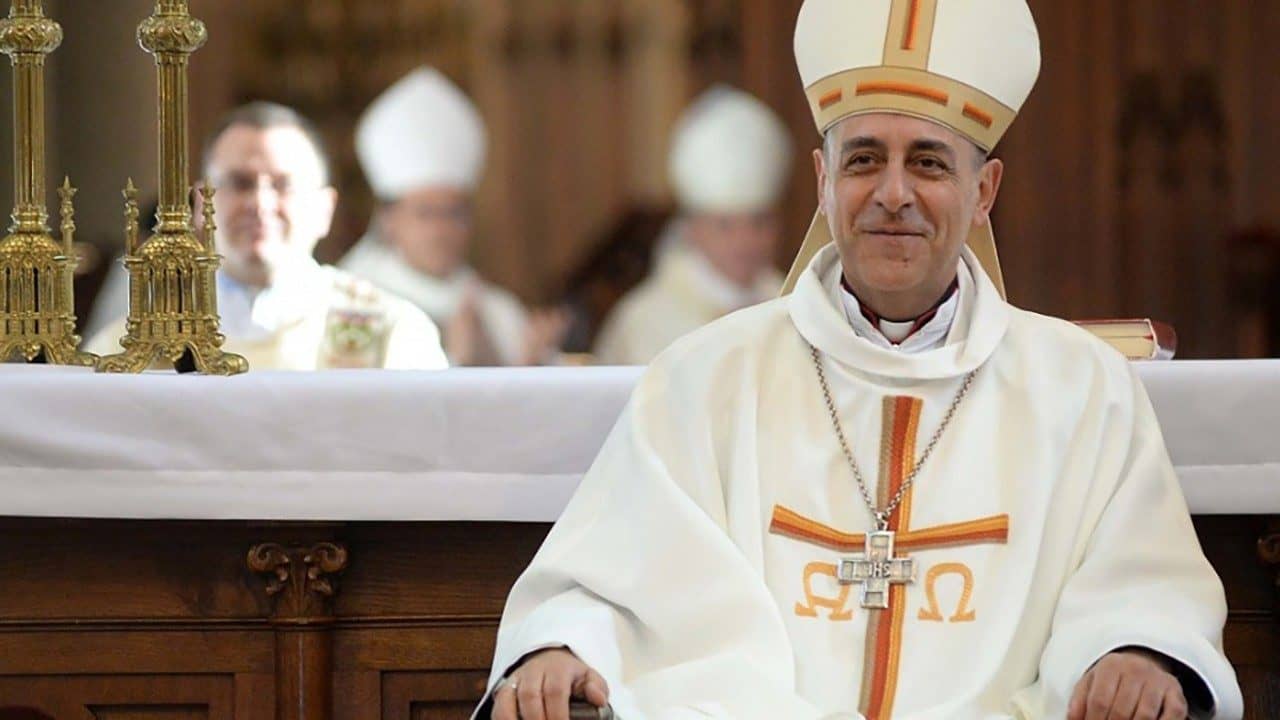ROME – Today is World Mission Sunday, a fact most Catholics probably will discover when they’re asked to pony up some dough during a special collection at Mass. They’ll likely also hear at least something about missions and missionaries during the homily, before getting on with lunch and the Red Zone channel for the remainder of the day.
Not to pile on, but there are at least three compelling reasons why American Catholics in particular ought to take seriously World Mission Sunday, an observance officially imposed by Pope Pius XI in 1926 but with earlier roots in the 19th century. By that I don’t just meaning giving money, although that’s a good place to start.
To begin with, there’s a matter of an historical debt to be settled.
The first collection for what would eventually become World Mission Sunday was taken up in 1822, the inspiration of a French consecrated virgin by the name of Pauline Jaricot, who was the founder of the Society for the Propagation of the Faith. Aside from China, the proceeds of that collection went to support what was then the Diocese of Louisiana and the Two Floridas, which at the time stretched from Florida to Canada and was considered mission territory.
Between 1822 and 1908, when Pope Pius X issued the apostolic constitution Sapienti Consilio that officially removed the United States from the jurisdiction of Propaganda Fidei, the Vatican’s department for mission churches, the United States received roughly $7 million from the annual collections, equivalent to about $250 million in today’s money.
Among other things, the Church of St. Vincent de Paul on Canal Street in New York, at the time designed as a parish for French-speaking Catholics, was built with money from the mission collection.
One could argue that over the 115 years since 1908 American Catholics have more than paid their tab, but it’s one thing to give some excess cash when you’re affluent – it’s quite another to be a poor, immigrant church desperately in need of help, which describes the situation of American Catholicism during much of the 19th century.
Beyond the past, American Catholicism also owes a debt to the Church in the developing world right now.
Today, roughly one-sixth of Catholic priests in the United States are foreign-born, a situation that’s also reflected in members of religious orders serving in the country. Up and down America, Filipinos, Indians, Nigerians, Kenyans, Mexicans, Colombians, and members of almost every other nationality one can imagine are running Catholic parishes, teaching in Catholic schools, operating Catholic charities, and essentially keeping the lights on in the American Church.
I remember vividly that before she died a few years ago, my Grandma was deeply grateful for the fact that a missionary priest from Myanmar was dispatched to her little parish in rural Western Kansas, which basically was the difference between being able to go to Mass on Sunday in person or watching it on TV.
Let’s be clear that such transfers of personnel aren’t gratuitous, as if the Church in Africa, Asia or Latin America is running a priest surplus and easily can afford to ship some of their excess north. On the contrary, in the United States the priest-to-Catholic ratio is about 1-1,300, while in Africa it’s one priest to more than 5,000 believers.
The truth is that the developing world is sending priests and religious to the United States and Europe not because they’re not needed at home, but rather because doing so not only usually creates a revenue stream, but it’s also an expression of the “reverse mission” – the idea that churches once evangelized by European and American missionaries are now returning the favor, helping to keep the faith alive in places where it’s fallen on hard times.
Arguably, American Catholics are complicit in a self-defeating situation for the Church in which two-thirds of our people are in the global south, but two-thirds of our priests are in the north. The least we can do, it would seem, is to compensate the developing world financially for those losses.
Finally, beyond plunking a few bucks into the collection basket, perhaps World Mission Sunday also could become an annual occasion for American Catholics to spare a thought for the global realities of the Church today.
A bit of basic math: There are 1.3 billion Catholics in the world and around 70 million in the United States, which means that American Catholics are just six percent of the global Catholic population. You’d never know that, however, from the insular nature of most American Catholic conversation, in which we assume that our priorities, perspectives and experiences ought to be those of the whole world.
American Catholic debate is highly focused on a narrow canon of divisive issues, including outreach to the LGBTQ+ community, women clergy, married priests and the sex abuse crisis, and it’s a never-ending source of astonishment for us to discover that Catholics everywhere aren’t as obsessed as we are with those matters.
However, if you live in Ukraine or Gaza, to take just the most obvious examples, you probably have other priorities. If you’re in India, where a rising tide of Hindu nationalism generates forms of harassment and persecution on an almost daily basis, or in Pakistan, where an angry mob of Muslim radicals worked up by claims of a Christian man defacing a Quran just carried out a massive anti-Christian rampage, you may find yourself regarding American interests as awfully distant from your realities.
Perhaps World Mission Sunday, therefore, could become a teaching moment for the Church in the West, maybe especially the United States, about the challenges facing their fellow Catholics in other parts of the world.
In other words, maybe beyond giving money, we could also afford to cough up a little bit of our time, attention and mental space for the 94 percent of the Catholic Church that isn’t American. Where that might lead is anyone’s guess, but it’s hard to see how it couldn’t help.
















